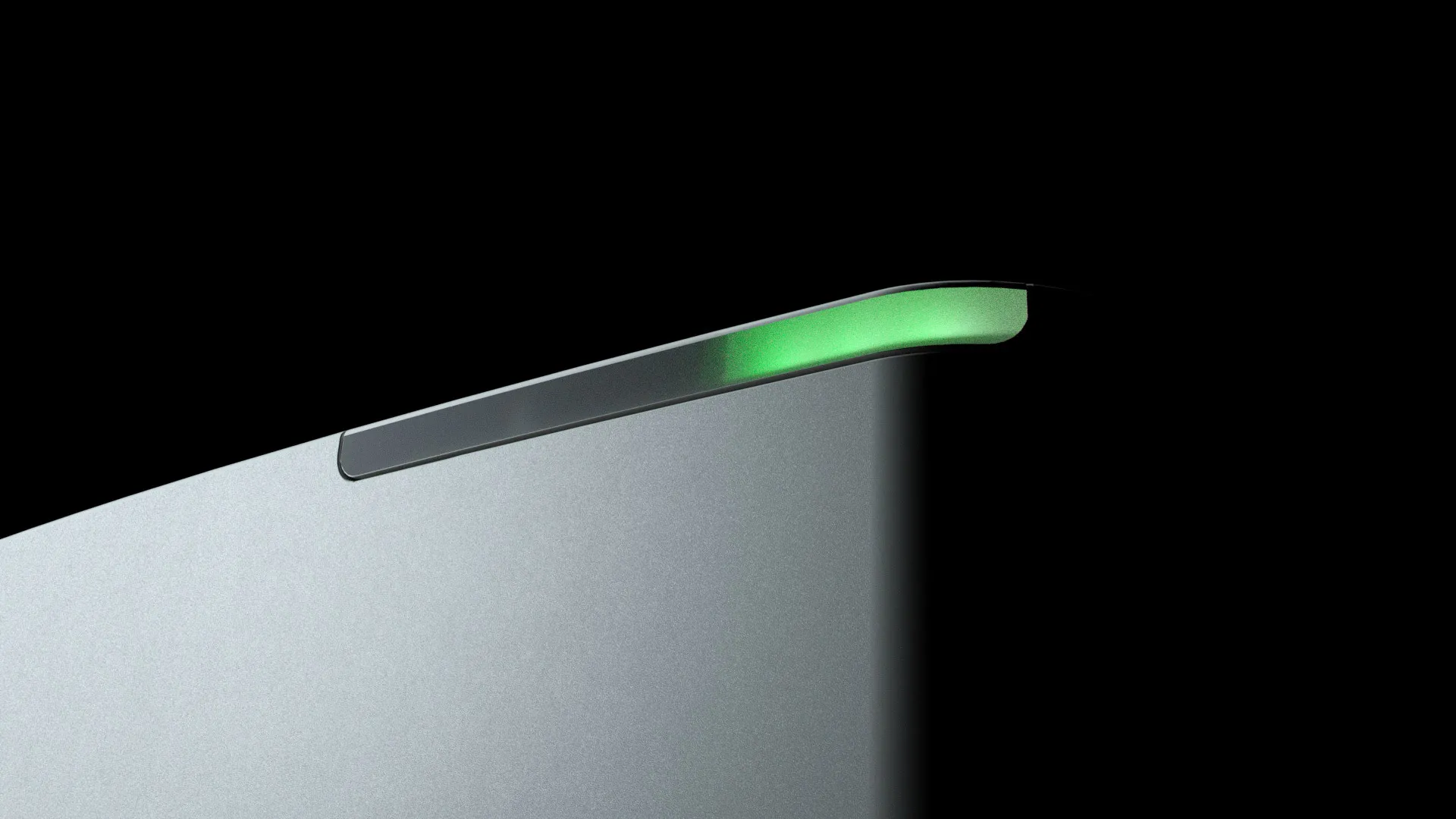
Posters
Higher-Order Structure Assessment of a Protein Library by Microfluidic Modulation Spectroscopy (MMS)
Authors:
Valerie I. Collins, Richard H. Huang, David J. Sloan, Patrick J.S. King
Abstract:
Microfluidic Modulation Spectroscopy (MMS) combines a quantum cascade laser (QCL) with microfluidic optics to provide unparalleled infrared-based secondary structure analysis for predominantly protein-based samples to support the biophysical toolkit. Utilising a fully-automated platform on our second generation instrument, Apollo. With the ability to detect much smaller structural changes than traditional techniques, and in a wider sample concentration range and variety of often troublesome buffers and excipients (0.1 to >200 mg/ml), MMS is ideally suited to a broad range of applications critical to the development and production of a successful and safe biotherapeutic. The inclusion of robust, orthogonal structural information to complement data from other biophysical techniques enables gaining a better understanding of a system, such as by understanding the range of conditions under which a protein is natively folded, stable, and active. In this study, we analyzed a library of proteins with markedly different secondary structural elements, with the goal of characterizing higher order structure to determine the effect of concentration, formulation, and small differences in primary sequence. Additionally, we compare the results generated with MMS to other well-validated biophysical protein analysis tools.

Please complete the form below if you would like to speak with a representative.

